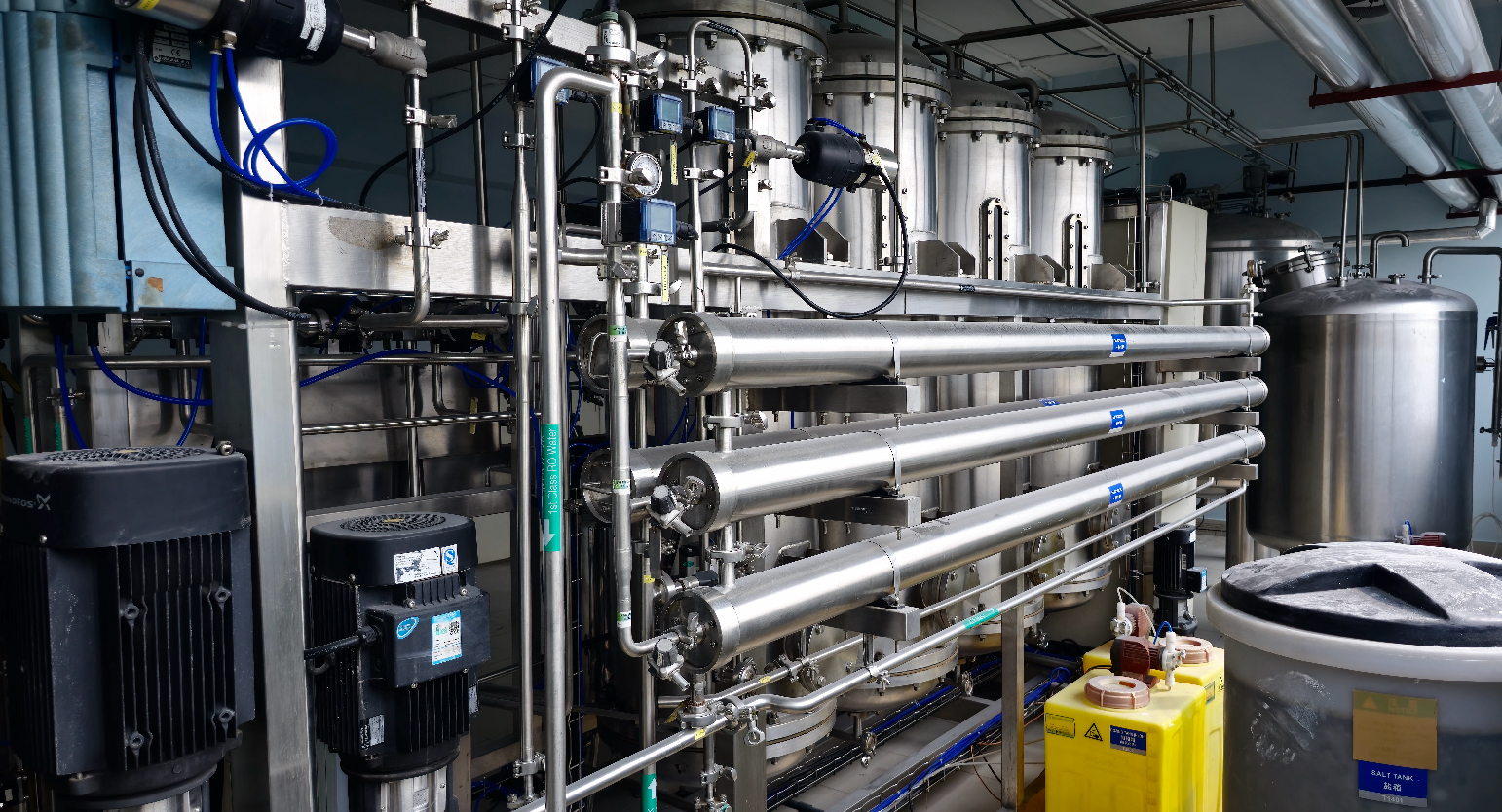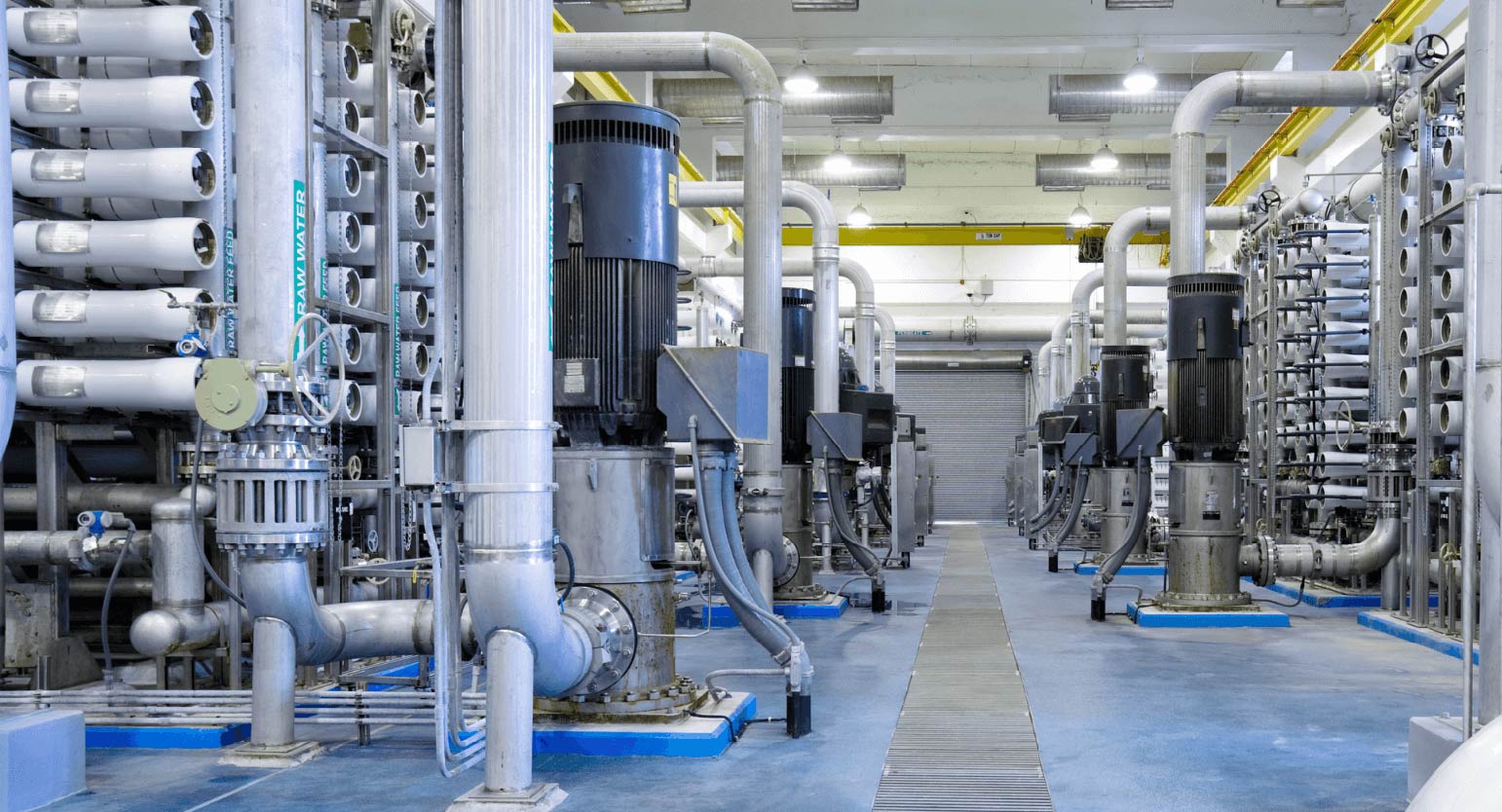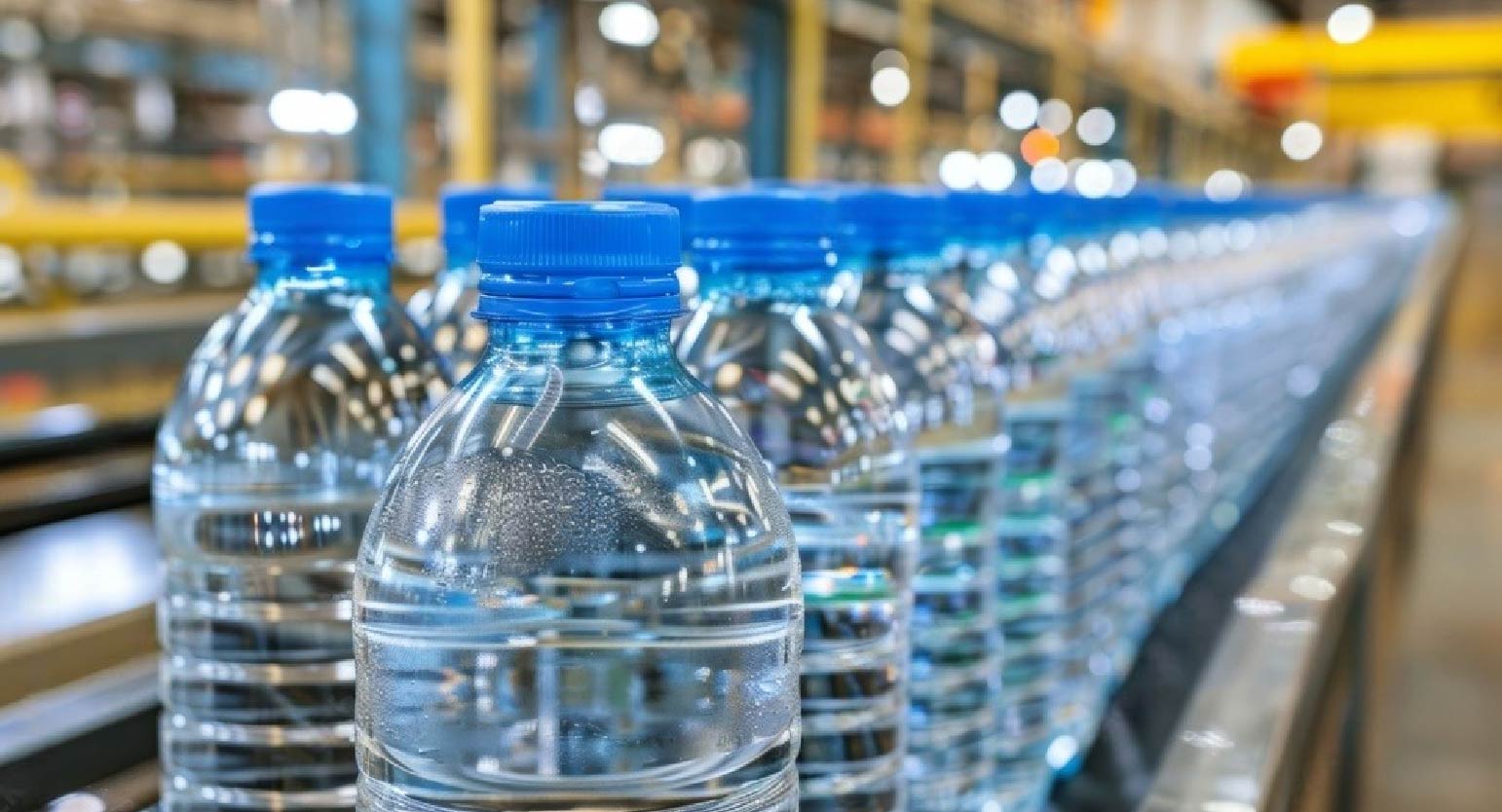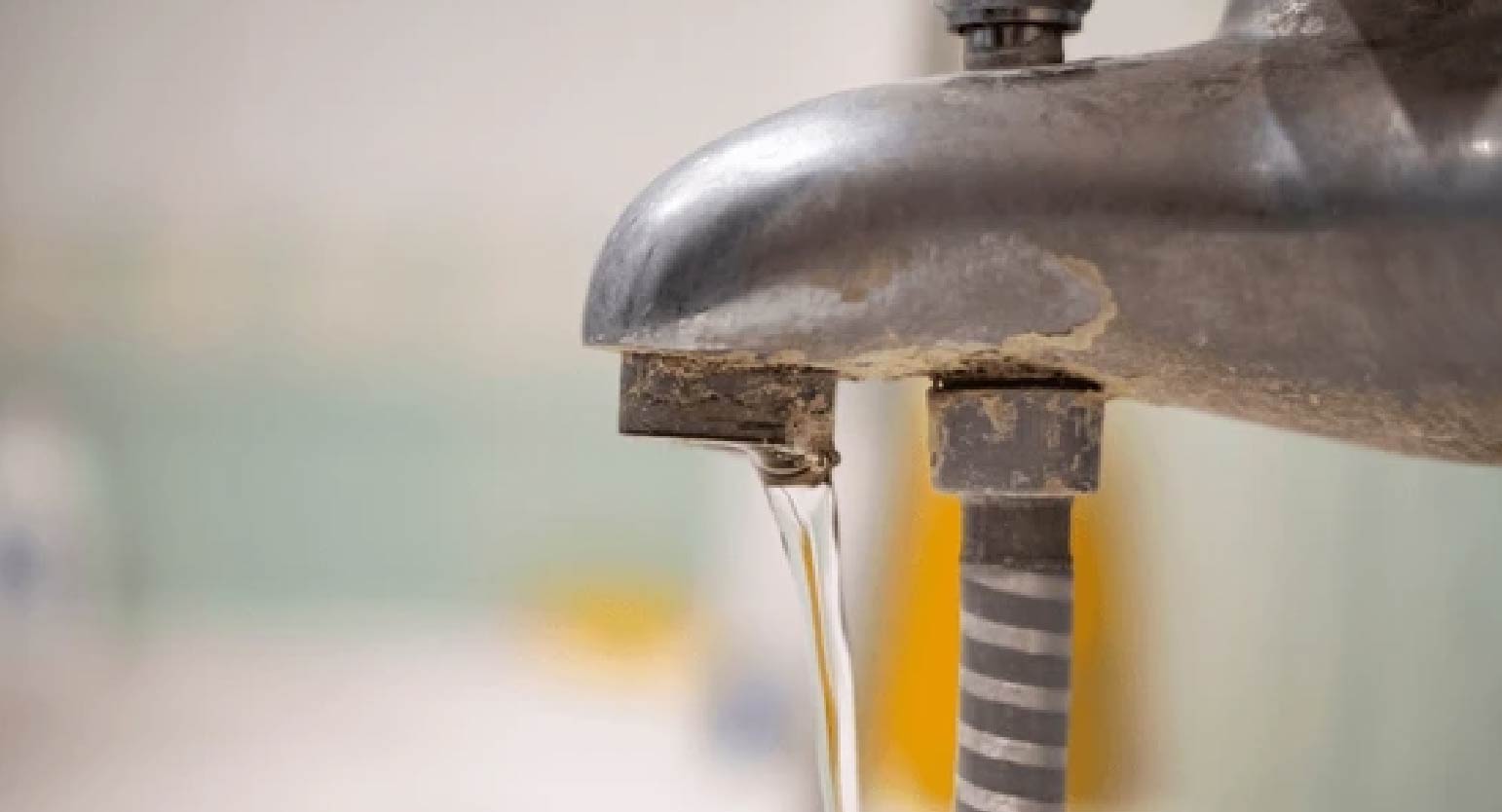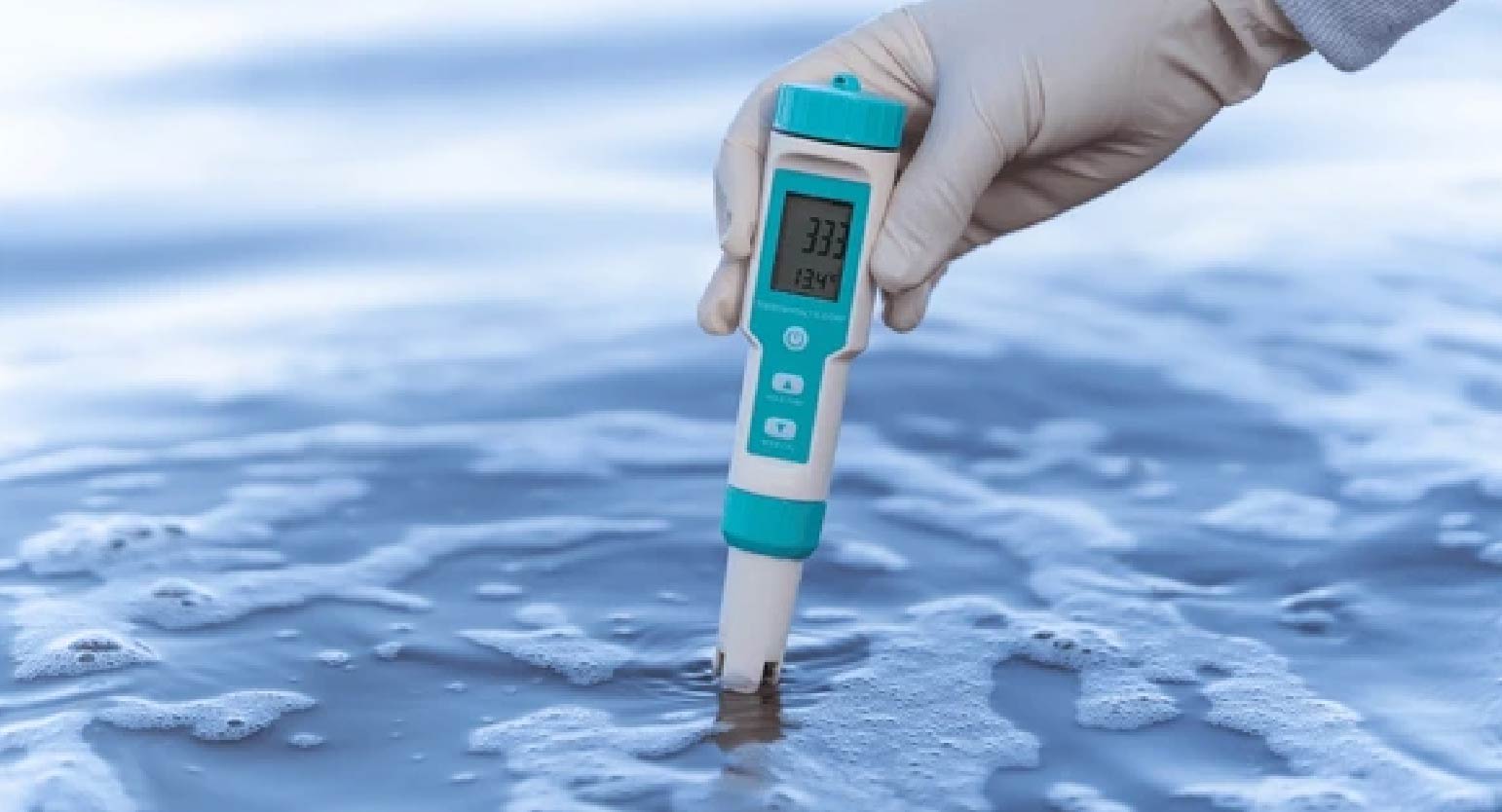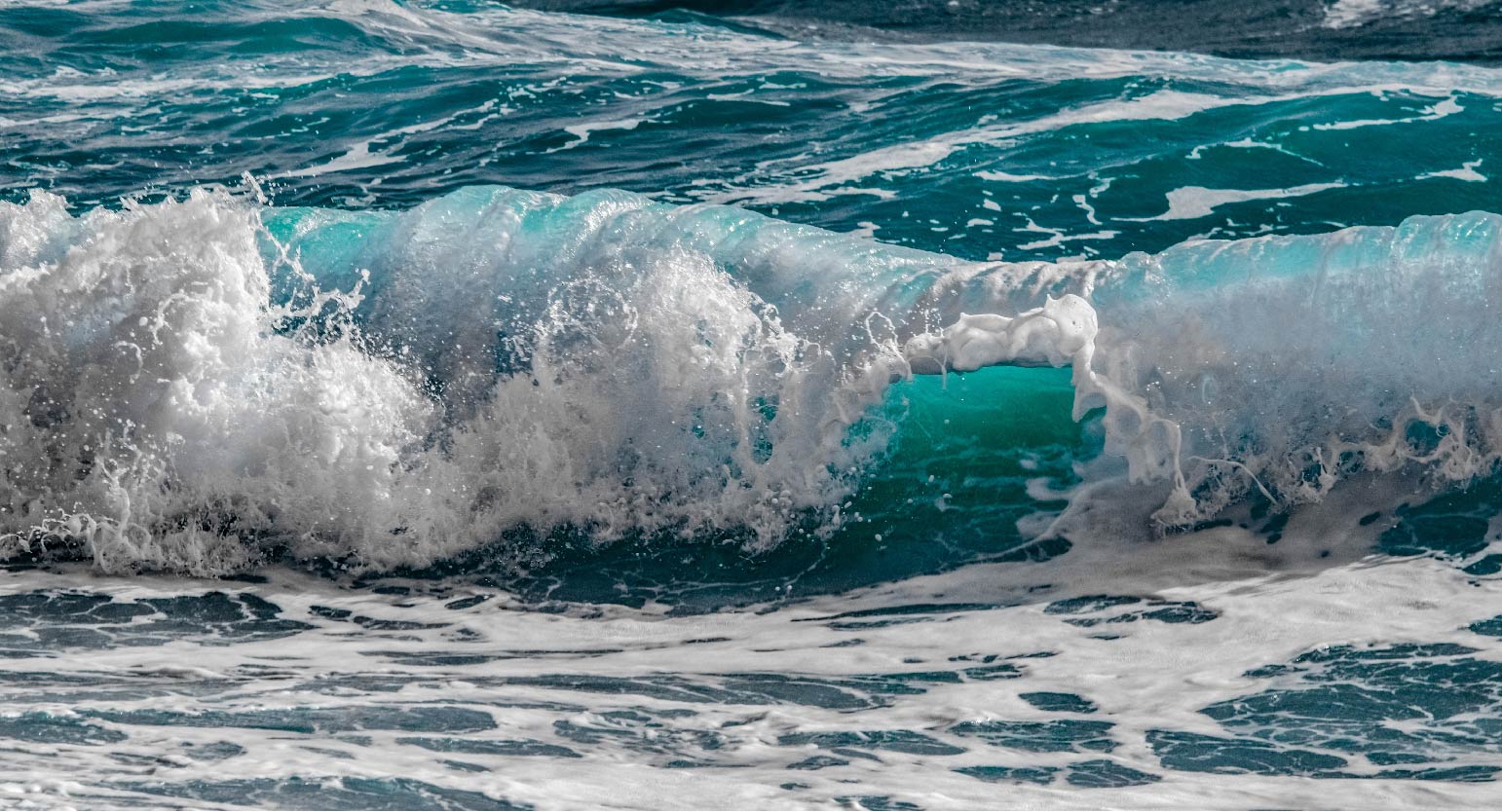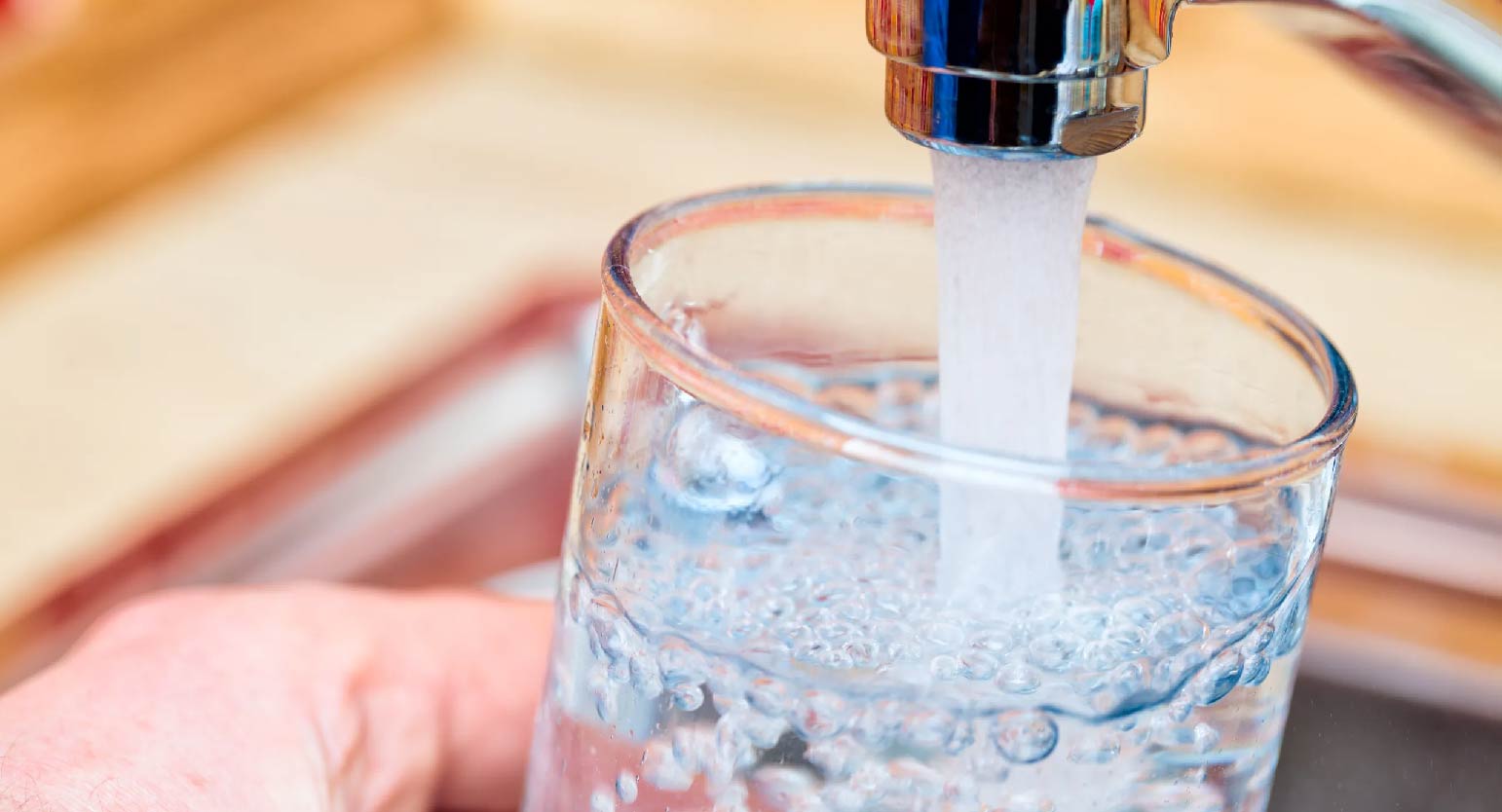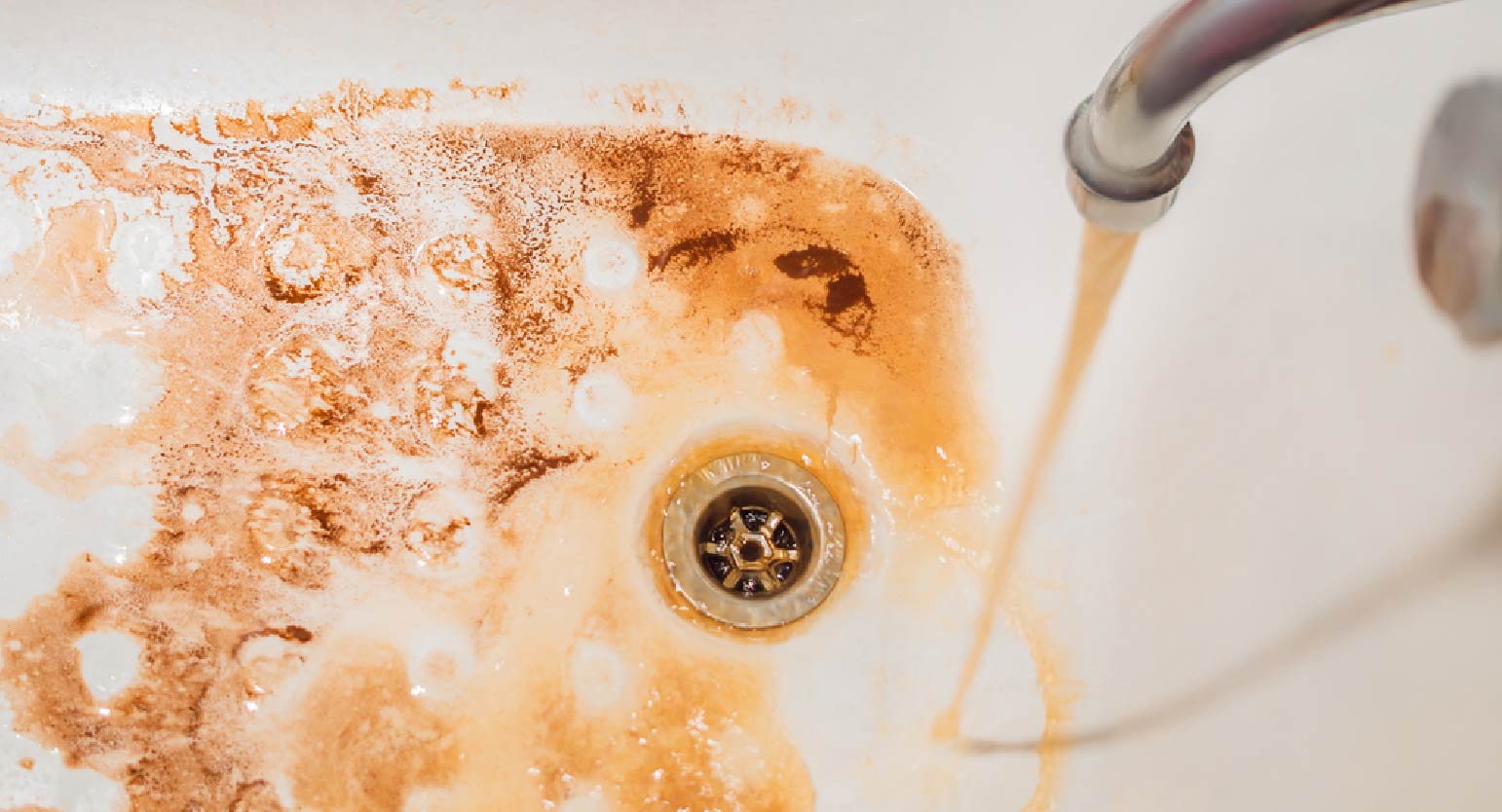Water Treatment Plant (WTP) for Shrimp Hatcheries and Aquariums: Ensuring Optimal Water Quality
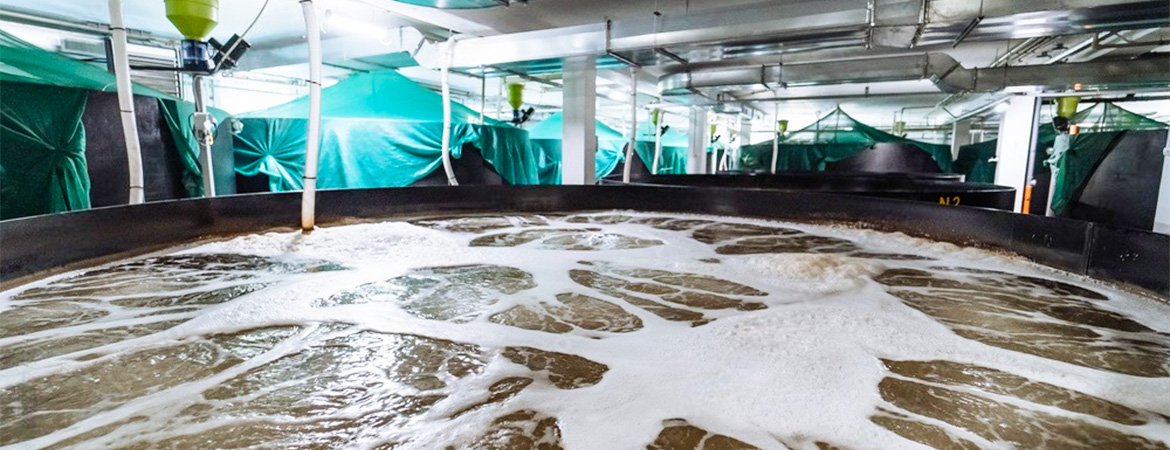
Introduction
Water quality is a critical factor in the health and success of shrimp hatcheries and aquariums. Maintaining the right water parameters ensures the well-being of aquatic life, prevents diseases, and promotes healthy growth and development. A Water Treatment Plant (WTP) specifically designed for shrimp hatcheries and aquariums plays a vital role in achieving and maintaining these ideal conditions. Aquafit Technology provides state-of-the-art WTP solutions tailored to meet the unique needs of both shrimp hatcheries and aquarium environments.
WTP for Shrimp Hatcheries
Shrimp hatcheries require water that closely mimics the natural marine environment to support the growth of shrimp larvae. The water must be free from harmful contaminants, pathogens, and excessive salinity levels. A WTP for shrimp hatcheries typically includes the following key processes:
1. Filtration:
o Sand Filtration: Removes suspended particles and sediments from the water.
o Activated Carbon Filtration: Eliminates organic compounds, chlorine, and other harmful chemicals that could negatively impact shrimp larvae.
2. Salinity Control:
o Desalination Technologies: Depending on the source water, reverse osmosis (RO) or other desalination methods may be used to adjust salinity levels to match the requirements of the shrimp hatchery.
3. Disinfection:
o UV Disinfection: UV light effectively kills harmful bacteria, viruses, and parasites, ensuring that the water is safe for delicate shrimp larvae.
o Ozonation: Ozone can be used as an additional disinfection method to oxidize organic materials and improve water clarity.
4. Aeration and pH Control:
o Proper aeration and pH control are essential to maintaining the right oxygen levels and pH balance, which are crucial for the survival and growth of shrimp larvae.
WTP for Aquariums
Aquariums, whether public or private, require water treatment solutions that ensure a stable and healthy environment for a variety of aquatic species. The WTP for aquariums focuses on maintaining crystal-clear water, stable chemical parameters, and a balanced ecosystem:
1. Filtration:
o Mechanical Filtration: Removes physical debris and particulate matter from the water.
o Biological Filtration: Utilizes beneficial bacteria to break down ammonia and nitrites, which are toxic to fish and other aquatic life.
o Chemical Filtration: Activated carbon and other media remove dissolved organic compounds, odors, and discoloration from the water.
2. Temperature Control:
o Chillers and Heaters: Maintain the water temperature within the optimal range for the specific species housed in the aquarium.
3. Disinfection:
o UV Sterilizers: Prevent the growth of harmful pathogens and algae, ensuring a clean and disease-free environment for the aquarium inhabitants.
4. Water Quality Monitoring:
o Continuous monitoring of pH, ammonia, nitrate, and oxygen levels is essential to maintain a balanced and healthy ecosystem in the aquarium.
Conclusion: Aquafit Technology’s WTP Solutions for Shrimp Hatcheries and Aquariums
Aquafit Technology understands the unique challenges faced by shrimp hatcheries and aquariums in maintaining optimal water quality. Our Water Treatment Plants are designed to provide reliable and efficient solutions that cater to the specific needs of these environments. From advanced filtration and disinfection to precise salinity and pH control, our WTP systems ensure that your aquatic life thrives in a healthy and stable environment.
Choose Aquafit Technology for your shrimp hatchery and aquarium WTP needs, and experience the difference that expert design and cutting-edge technology can make in the health and success of your aquatic operations.
